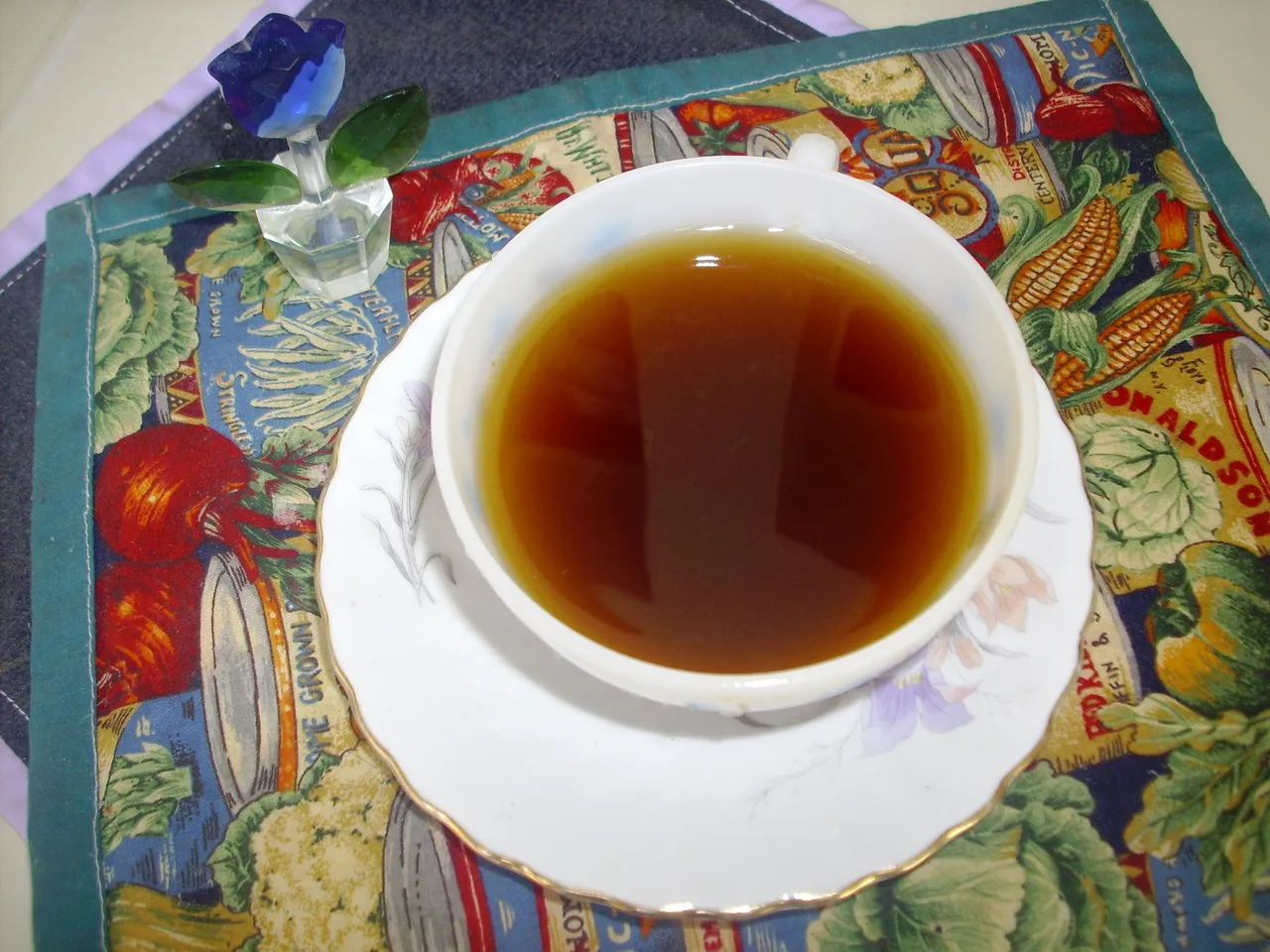

It is incredible how a small cup of coffee can make a difference in our days, fill you with serenity and tranquility, make you start each day with energy and also connect the whole world, because I dare to say that it is a universal drink, with the different nuances that different cultures bring.
But how much effort is behind a cup of coffee?
An invaluable effort, one could say. From the work of germination and creation of the seedbed until it reaches our cup and we can enjoy it.
Behind a cup of coffee there are countless hours of work, there is the love with which the farmers take care of each plant, the illusion with which they see it bloom until it turns that long awaited red color, which indicates that the coffee is ready to be harvested.
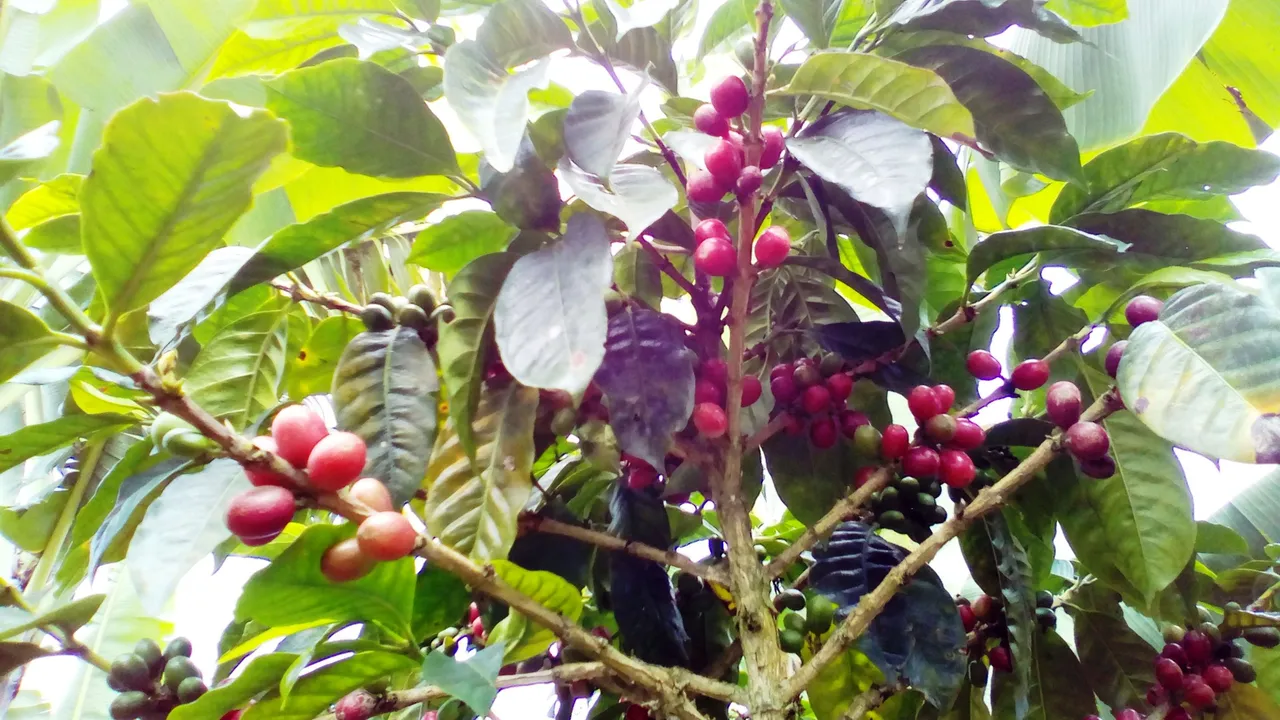
My father is 77 years old and still works with great care in his small coffee plantation, with which with great effort he has helped his family to get ahead. He still gets up with dedication to take care of his plants, he hangs a basket on his aching waist and picks each coffee cherry, with the greatest care, avoiding the green ones to fall off as well. He then takes it to a tank and passes it through a machine called a cylinder, this machine is in charge of pulping the coffee, in this tank he leaves the beans for hours and separates them. The beans that rise to the surface are called cachaza, a lower quality coffee, but still very tasty because that is the one that we consume at home, the other is the one selected for sale. He washes it very well and submits it to a natural drying process in the patio.
My father takes care of every detail, the color, the smell, it is incredible all the aspects that must be taken into account, he stores it and sells it in blue bean, that is how it is called. His buyers always classify this coffee as Premium, that is to say, a high quality coffee, and this is thanks to the discipline and effort he puts into each phase of preparation.

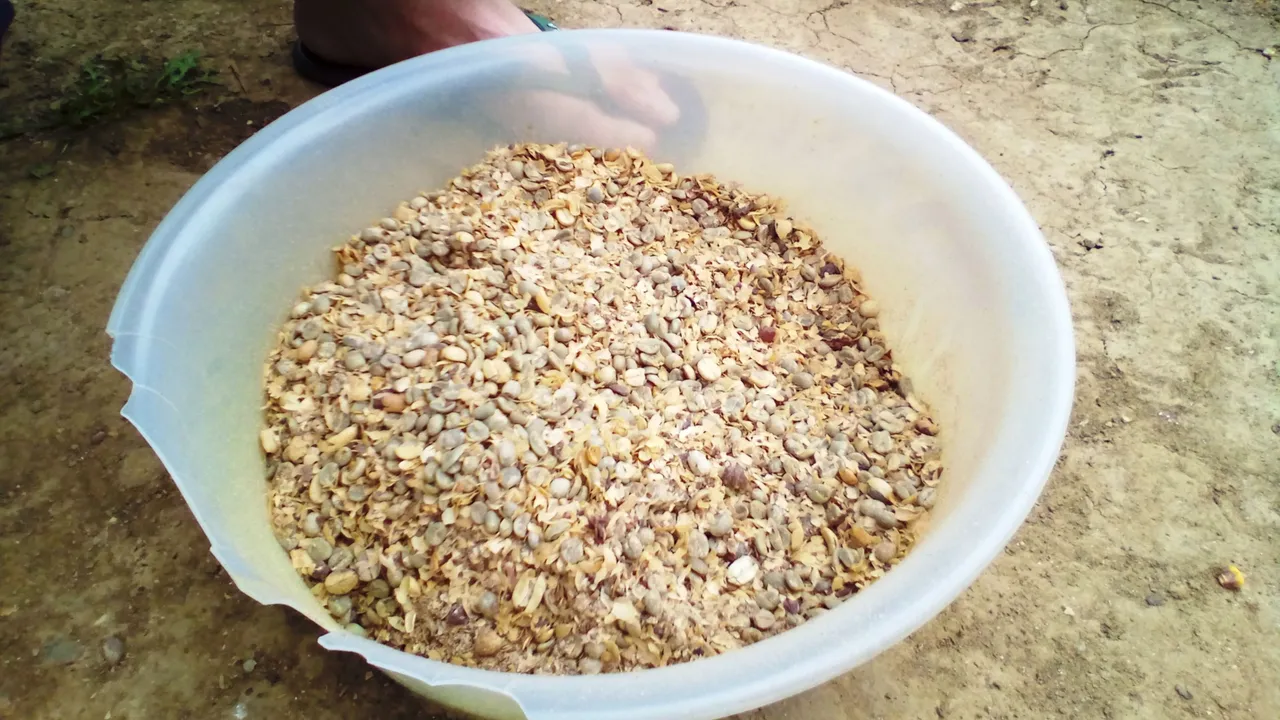
It is then when my mother's work comes in, she continues to process the coffee that will be consumed by the whole family, because each time, she distributes a bag of ground coffee for each of her children and some siblings. Everything is done manually, bean by bean. When we are close to her we help her as much as we can, but they have the technique and the experience.
First she tries to eliminate all the empty beans and passes it through a pylon that my father built, it is like a truncated cone, where the coffee is hit with a trunk over and over again, until the shell is opened and only the seeds remain, then all the residues are eliminated and it is ready to roast.
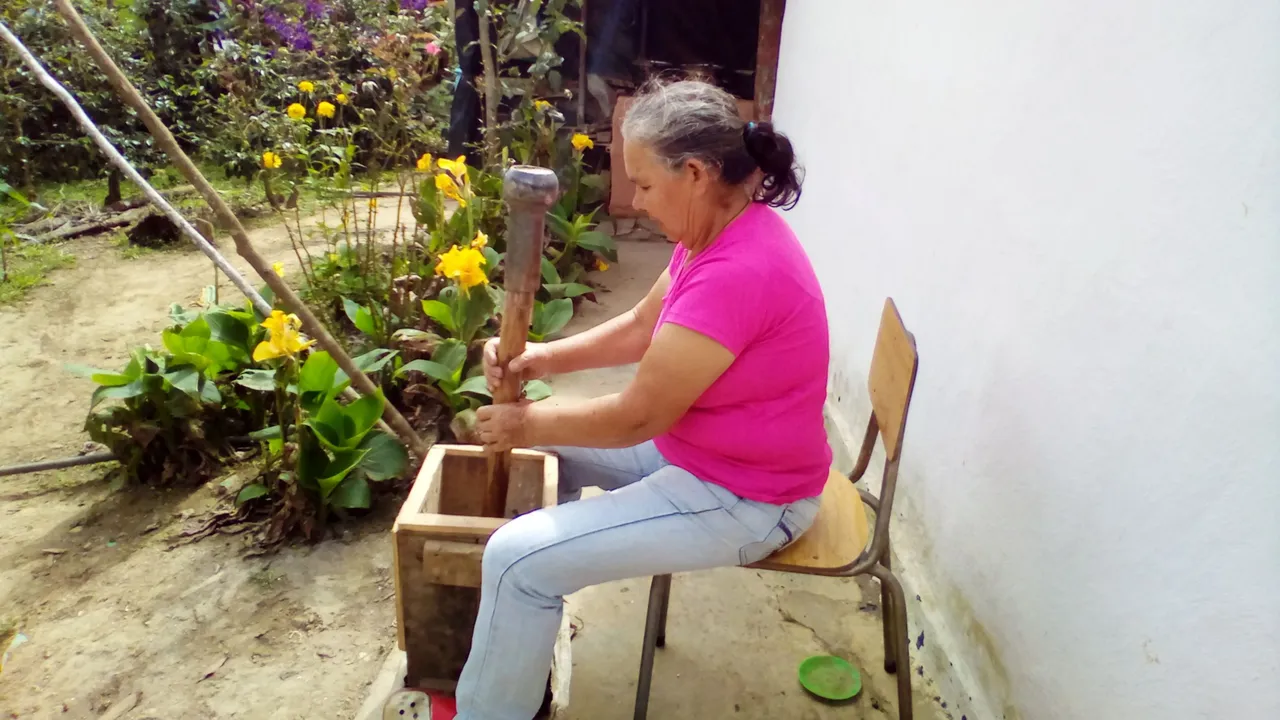
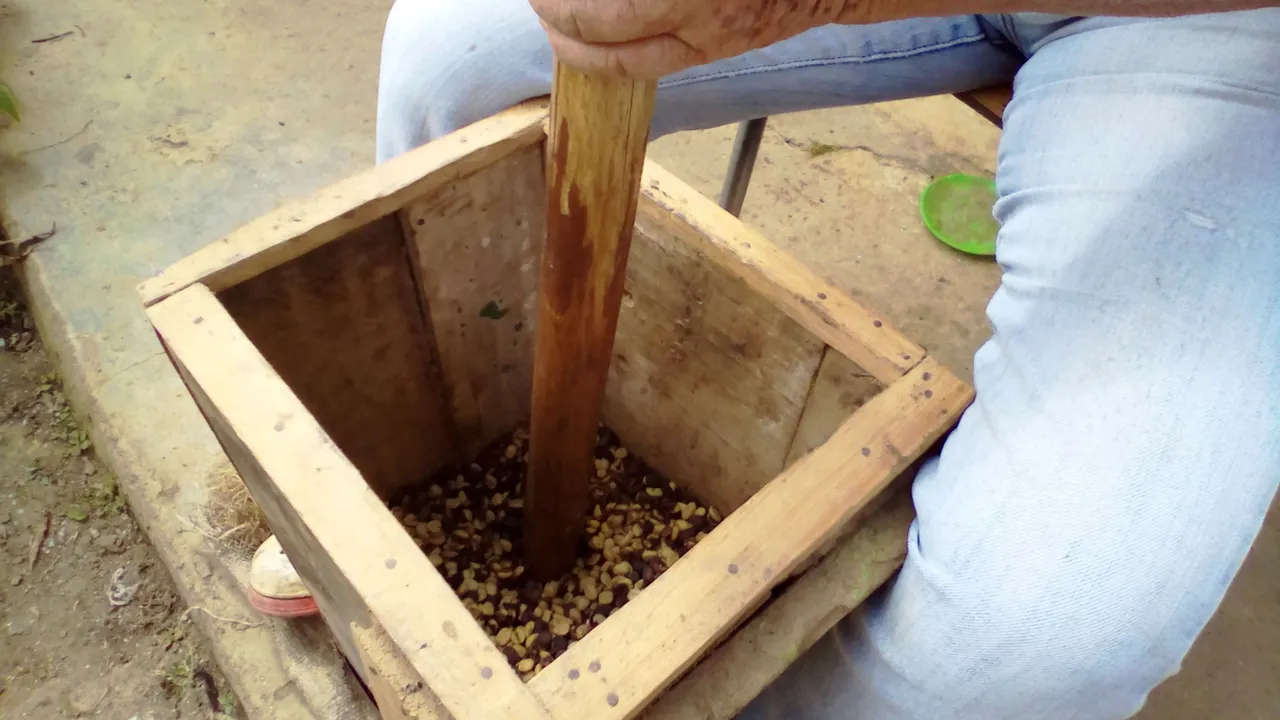
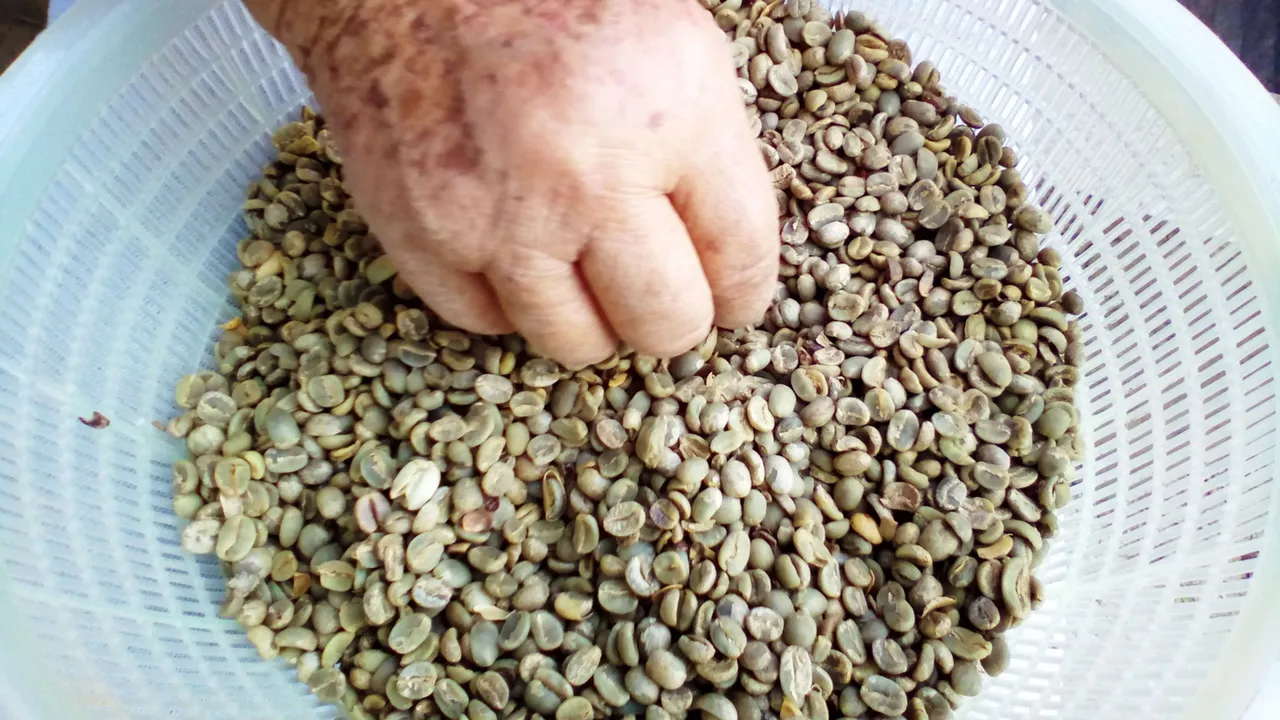
It is taken to a large cauldron and put on the fire to roast until the beans turn black, but be careful not to burn them, then they are processed in a mill, where we obtain the magical black powder, with which you can prepare the coffee to your liking and recharge your day with energy in every cup.
This is only a very general appreciation of all the work and effort behind a delicious and steaming cup of coffee. Even more so for those who carry out the whole process manually like my parents.
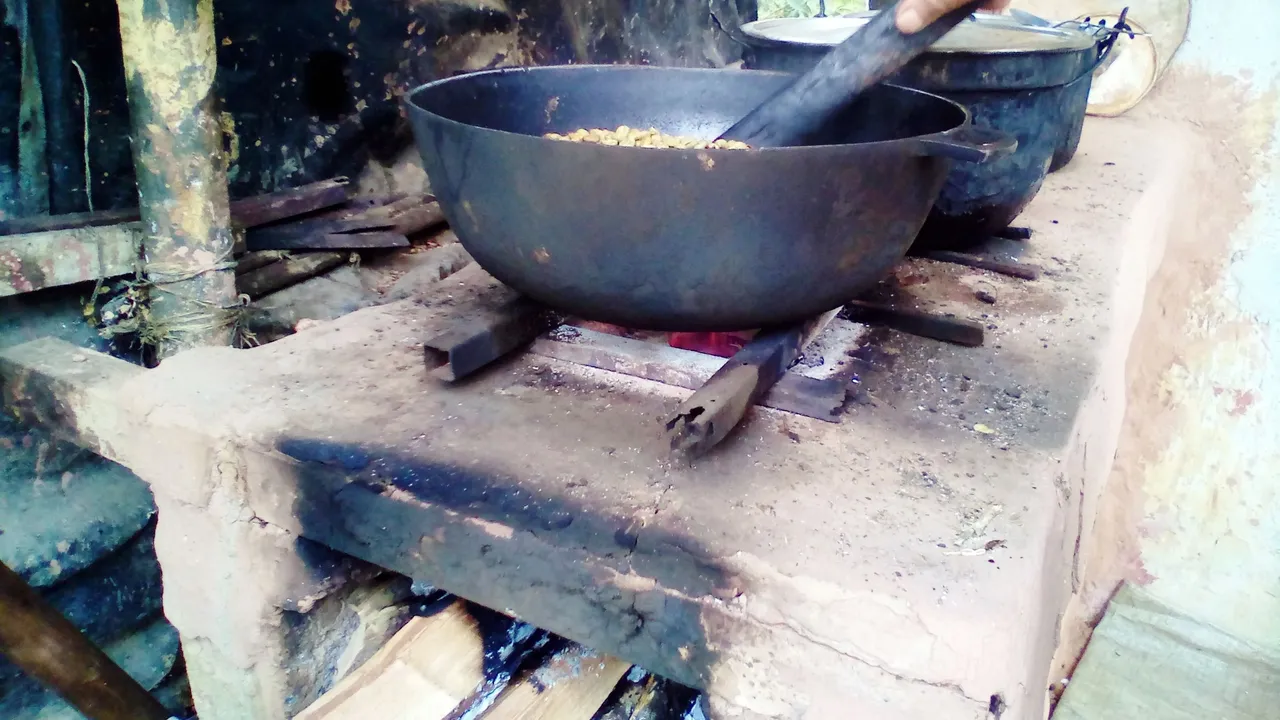
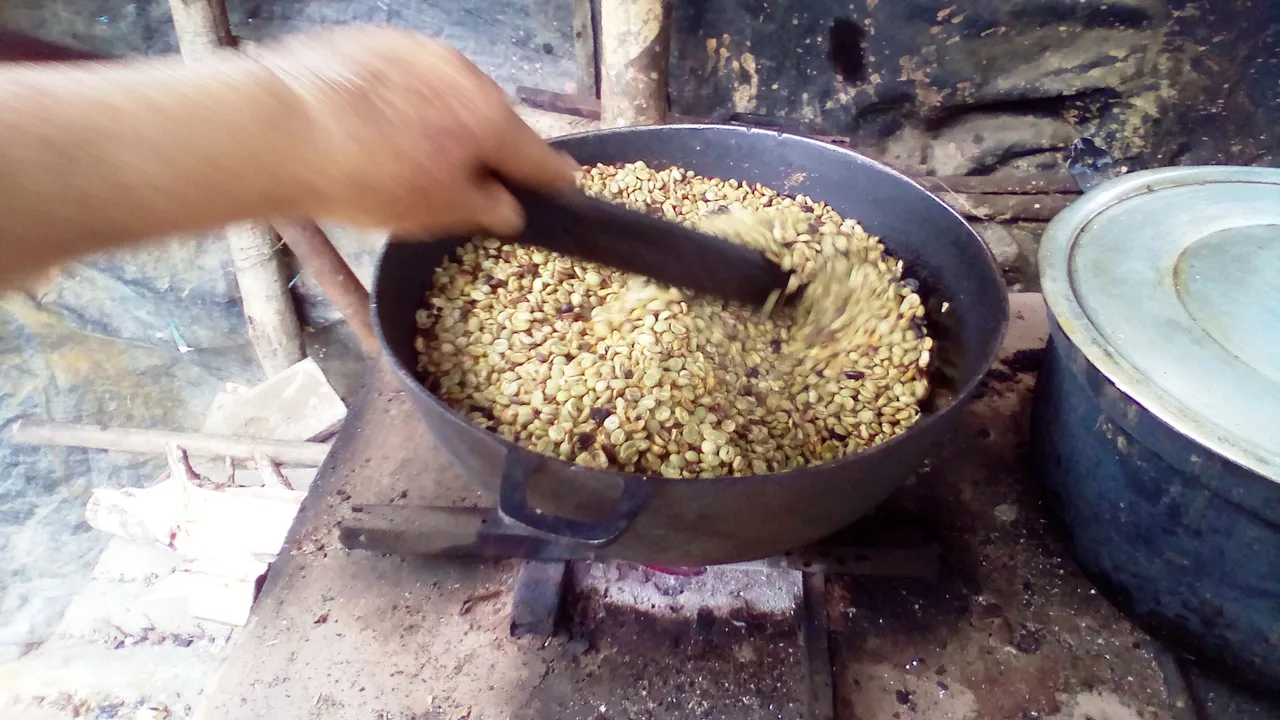
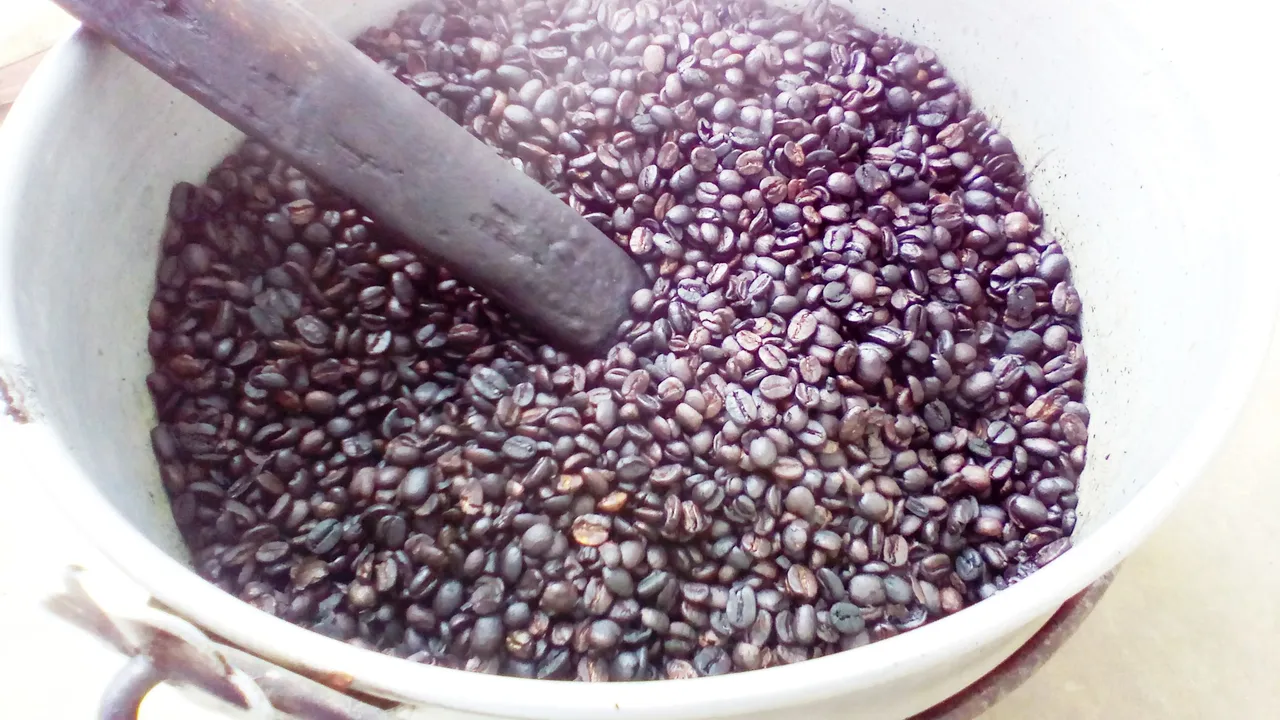
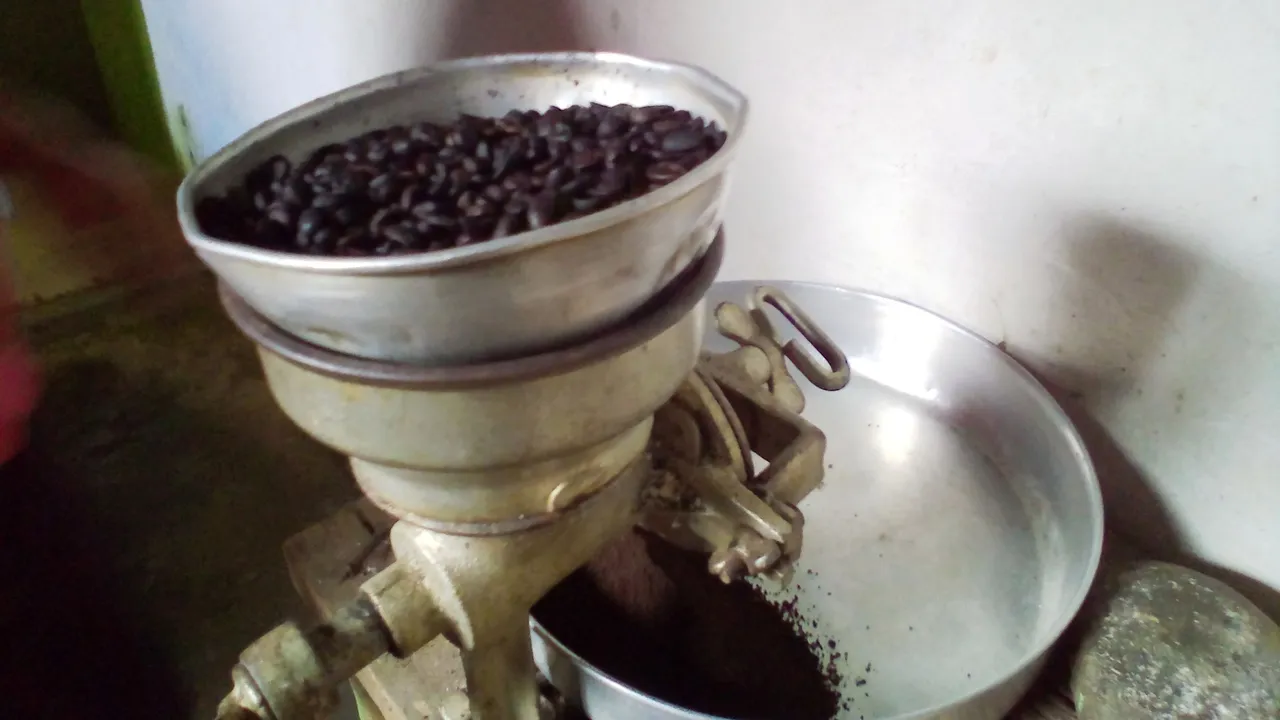
@doriangel


Es increíble como una pequeña taza de café puede marcar la diferencia en nuestros días, llenarte de serenidad y tranquilidad, hacer que comiences cada día con energía y que además conecte al mundo entero, porque me atrevo a decir que es una bebida universal, con los diferentes matices que aporta las distintas culturas.
¿Pero cuánto esfuerzo hay detrás de una taza de café?
Un esfuerzo invaluable, podría decirse. Desde el trabajo de germinación y creación del semillero hasta que llega a nuestra taza y podemos disfrutar de ella.
Detrás de una taza de café hay incontables horas de trabajo, está el amor con el cual los agricultores cuidan cada planta, la ilusión con la que la ven florecer hasta que torna ese tan esperado color rojo, que indica que el café está listo para ser cosechado.

Mi padre con 77 años, aún trabaja con gran esmero en su pequeña siembra de café, con la que con mucho esfuerzo sacó a su familia adelante. Aún se levanta con dedicación a cuidar sus plantas, se cuelga una cesta en su adolorida cintura y recoge cada cereza de café, con el mayor cuidado evitando que también se caigan las verdes. Después lo lleva a un tanque y lo pasa a través de una máquina llamada cilindro, esta máquina se encarga de despulpar el café, en este tanque deja los granos por horas y los separa. Los que suben a la superficie le llama cachaza un café de menor calidad, pero aún muy sabroso porque es ese el que consumimos en casa, el otro es el seleccionado para la venta. Lo lava muy bien y lo somete a un proceso de secado natural en el patio.
Mi papá cuida cada detalle, el color, el olor, es increíble todos los aspectos que se deben tomar en cuenta, lo almacena y lo vende en grano azul, así se le llama. Sus compradores siempre catalogan este café como Prémium es decir un café de gran calidad y esto es gracias a la disciplina y esfuerzo que coloca en cada fase de preparación.


Es entonces cuando entra la labor de mi madre, continúa procesando el café que consumirá toda la familia, porque cada vez, reparte una bolsita de café molido para cada uno de sus hijos y algunos hermanos. Todo lo hace de forma manual, grano a grano. Valoró mucho su esfuerzo, cuando estamos cerca la ayudamos todo lo que podemos, pero eso si la técnica y la experiencia la tienen ellos.
Primero trata de eliminar todos los granos vanos o vacíos y lo pasa por un pilón que construyo mi papá, es como un cono truncado, donde el café se golpea con un tronco una y otra vez, hasta que la cáscara se abra y solo queden las semillas, después se elimina todos los residuos y está listo para tostar.



Se lleva a un caldero amplio y se pone al fuego a tostar hasta que los granos se vuelven negros, pero ahí que tener cuidado de no quemarlos, posteriormente se procesan en un molino, donde obtenemos el mágico polvo negro, con el que podrás preparar el café a tu gusto y recargar tu día de energía en cada taza.
Esto es únicamente una apreciación muy general de todo el trabajo y esfuerzo que hay detrás de una deliciosa y humeante taza de café. Más aún para quienes llevan a cabo todo el proceso de forma manual como mis padres.




Mi idioma es el español por tanto uso el traductor DeepL, en su versión gratuita, las imagenes son de mi propiedad en ellas pueden ver a mi mamá procesando el café y a mi esposo ayudandola.
My language is Spanish so I use the translator DeepL, in its free version, the images are of my property in them you can see my mom processing the coffee and my husband helping her.
